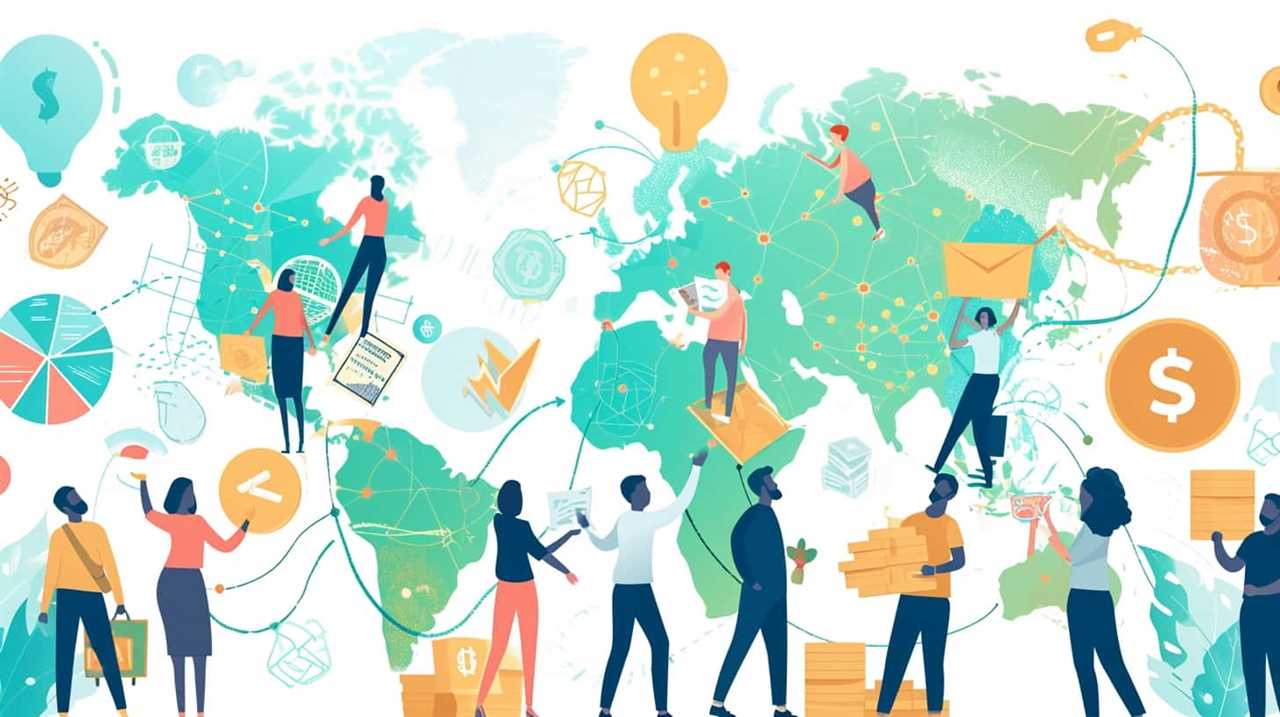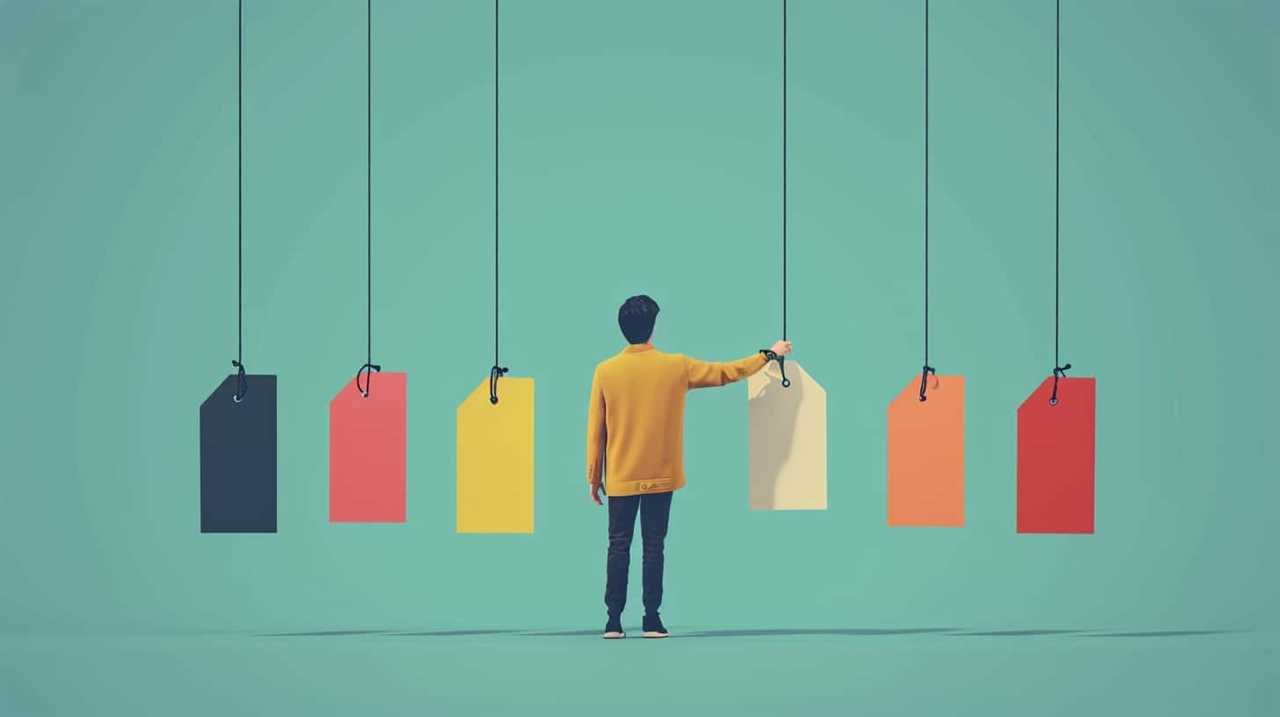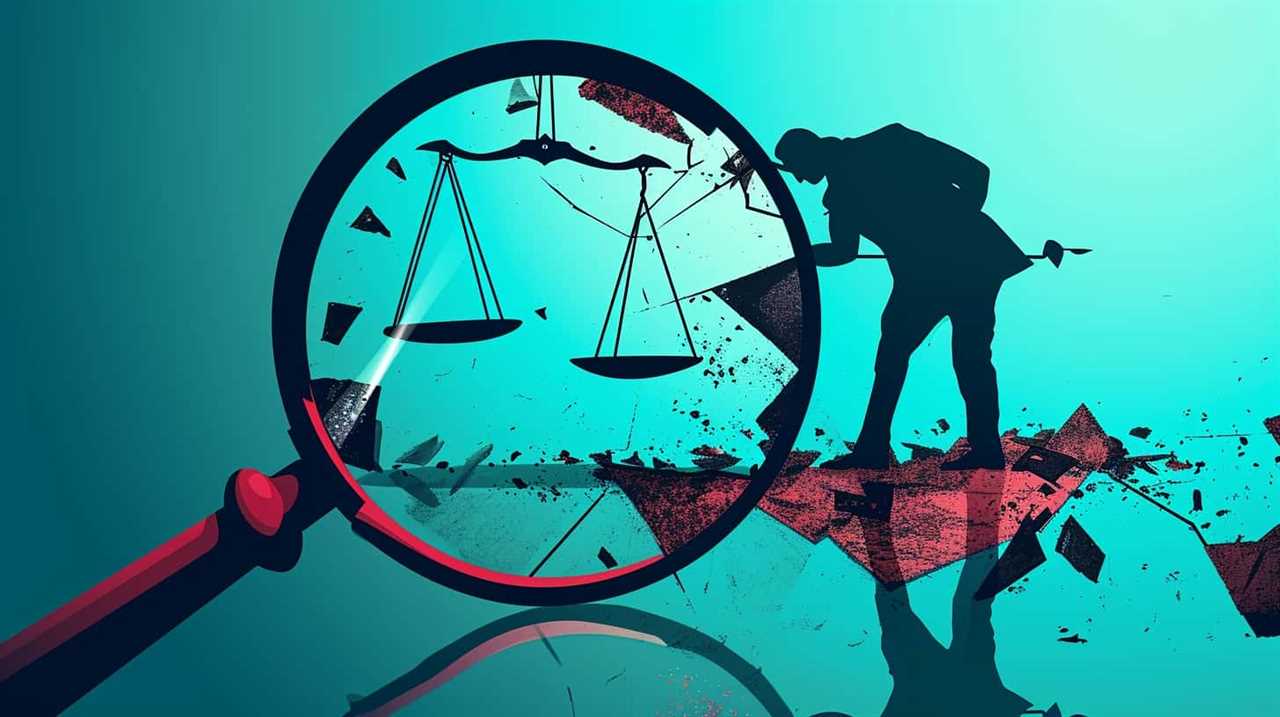At AI Writer, we present the Top 6 Insights by Kahneman on Economic Biases.
Kahneman, a renowned psychologist and Nobel laureate, has dissected the intricacies of human decision-making, shedding light on the biases that influence our economic choices. These insights are vital for anyone seeking innovation in the field of economics.
We will explore the Anchoring Bias, where our judgments are influenced by initial information; the Availability Heuristic, which leads us to rely on easily accessible information; and the Loss Aversion, where our fear of loss outweighs the potential for gain.
Additionally, we will dive into the Overconfidence Effect, the Framing Effect, and the Confirmation Bias, all of which reveal the fascinating ways our minds can skew economic decisions.
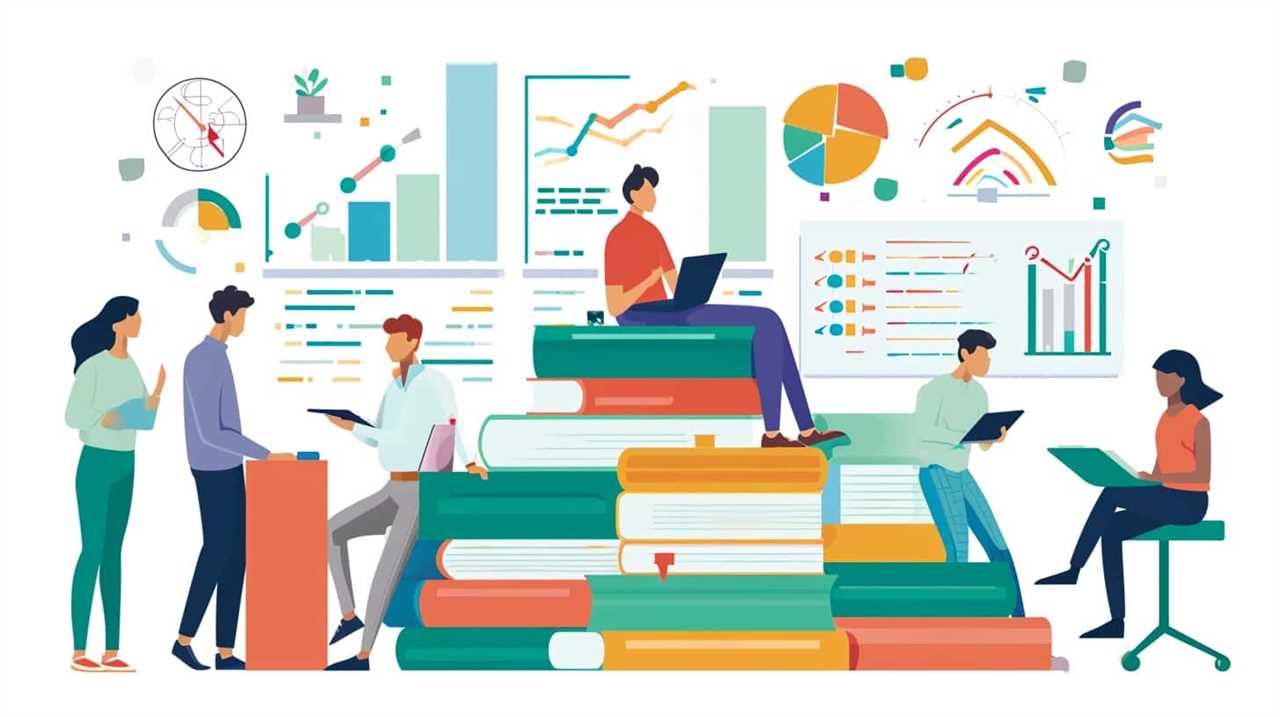
Let’s delve into these insights and unlock the secrets to better decision-making!
Key Takeaways
- Cognitive biases, such as anchoring bias and availability heuristic, can significantly impact decision-making processes.
- Loss aversion, which involves weighing potential losses more heavily than gains, influences financial choices and risk-taking behavior.
- Overcoming biases requires challenging natural inclinations, embracing diverse perspectives, and using decision-making frameworks for better choices.
- Sunk costs and inertia can lead to irrational decision-making, as individuals may feel compelled to continue pursuing a course of action due to invested resources.
Anchoring Bias
We often fall prey to the anchoring bias, allowing initial information to excessively influence our subsequent judgments and decisions. The anchoring effect refers to our tendency to rely too heavily on the first piece of information we receive when making decisions. This cognitive bias can have significant implications for our decision-making processes, as it can lead us to make inaccurate judgments and overlook relevant information.
Research has shown that anchoring bias can impact a wide range of decision-making scenarios. For example, in a study conducted by Tversky and Kahneman, participants were asked to estimate the percentage of African countries in the United Nations. Before providing their estimates, they were randomly presented with either a high or low anchor value. The results showed that participants’ estimates were significantly influenced by the anchor value they were exposed to, demonstrating the power of the anchoring effect.
Understanding the anchoring bias is crucial for individuals and organizations that desire innovation. By recognizing this bias in our decision-making processes, we can take steps to mitigate its influence and make more informed choices. One effective strategy is to actively seek out alternative perspectives and information sources to counteract the initial anchor. Additionally, engaging in deliberate and systematic thinking can help us evaluate information more objectively and reduce the impact of the anchoring bias.
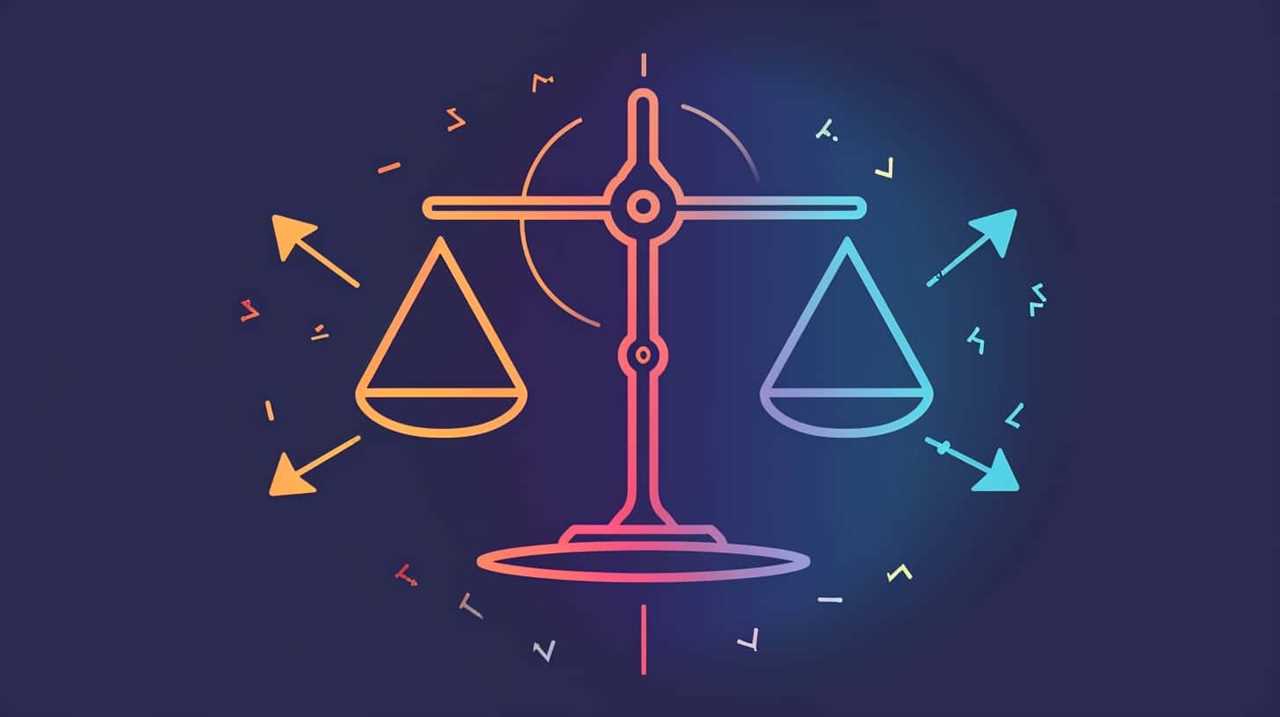
Availability Heuristic
The availability heuristic is a cognitive bias that affects our decision-making process by relying on the ease with which examples or instances come to mind. This bias often leads to the overestimation of the likelihood of events or situations that are more readily available in our memory.
As Kahneman explains, this bias can have significant implications for economic judgments and choices, as our reliance on easily accessible information can distort our perceptions and lead to suboptimal decisions.
Memory-Based Decision Making
Memory-based decision making, also known as the availability heuristic, plays a crucial role in our everyday judgments and choices. This cognitive bias relies on the information that’s readily available in our memory, rather than on a careful analysis of all relevant data.
When making decisions, we often rely on the ease with which examples or instances come to mind. This can be influenced by various factors, such as the emotions associated with a particular memory or the impact of past experiences. These factors can shape our perceptions and lead to biases in our decision-making process.

Understanding the role of emotions and the influence of past experiences is important in recognizing and mitigating the impact of the availability heuristic on our judgments.
Transitioning into the next section on cognitive biases in judgments, we’ll explore how these biases affect our decision-making processes in different contexts.
Cognitive Biases in Judgments
Transitioning from memory-based decision making, we now delve into the cognitive biases that arise in our judgments, specifically the availability heuristic.
The availability heuristic is a mental shortcut that leads us to rely on immediate examples that come to mind when making predictions or decisions. This bias occurs because our brains tend to assign greater importance to information that’s easily accessible or readily available.
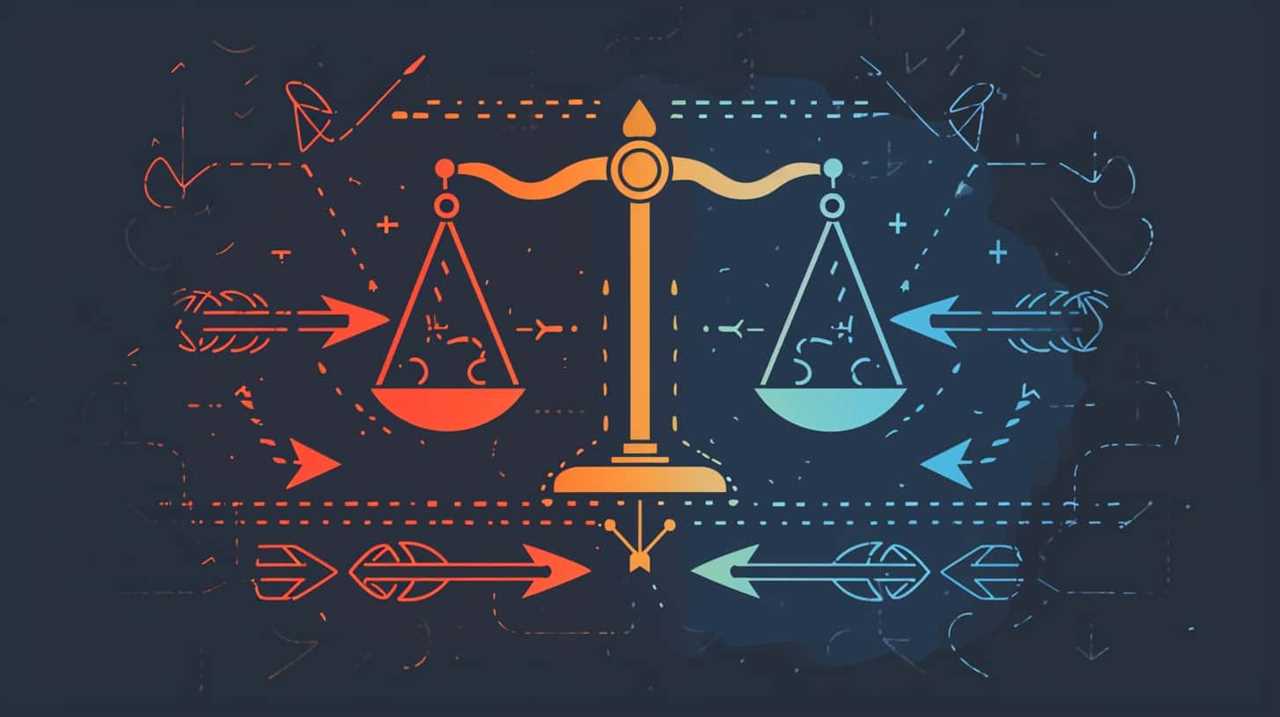
In the context of finance, this cognitive bias can have significant implications. Decision-making biases in finance can lead investors to make poor choices based on limited or biased information. For example, if investors are constantly exposed to news about a particular stock performing well, they may overestimate its potential and make investment decisions based solely on this recent information.
Understanding and recognizing these cognitive biases in predictions and decision making is crucial for making informed choices in the financial world. By being aware of the availability heuristic, we can strive to gather a more comprehensive set of information and avoid making decisions solely based on what’s immediately accessible.
Transitioning to the subsequent section about ‘loss aversion’, let’s explore another cognitive bias that influences our judgment and decision making.
Loss Aversion
Loss aversion is a cognitive bias that affects decision-making, leading individuals to weigh potential losses more heavily than potential gains. This bias can have a significant impact on our financial choices, as we tend to be more averse to losing money than gaining it.
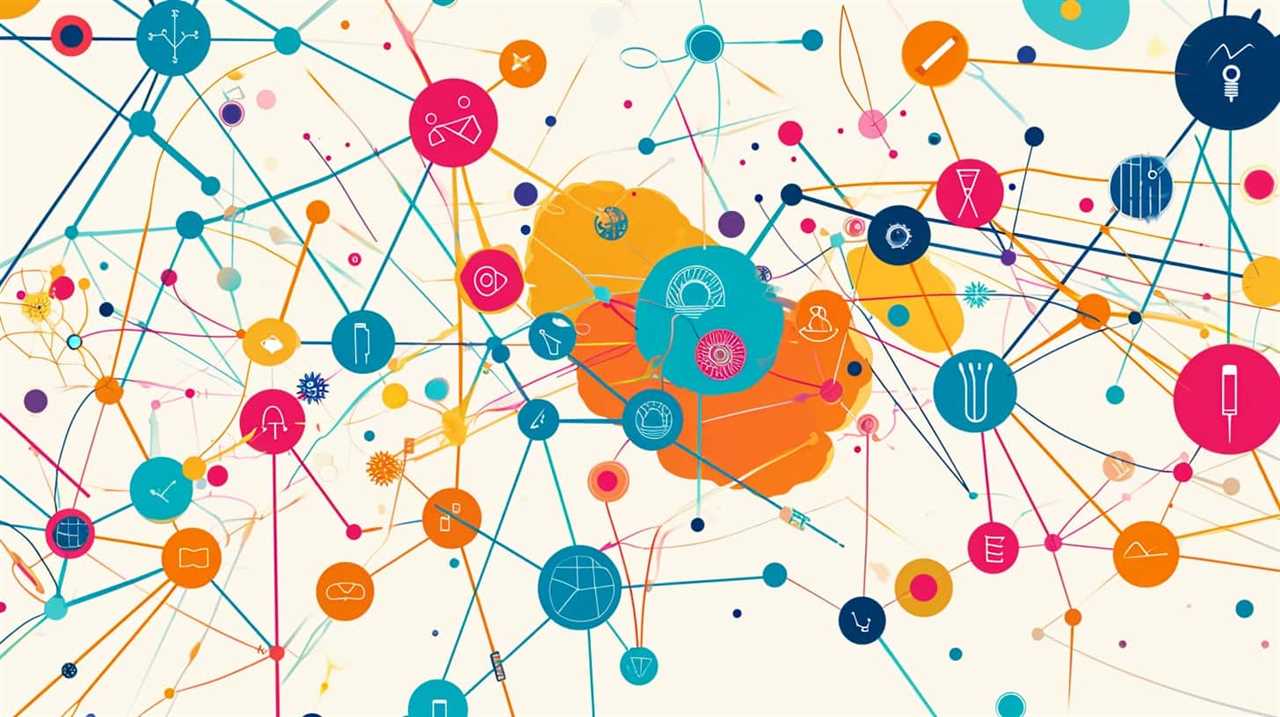
Understanding the psychological responses to loss and how they influence our behavior can help us recognize and overcome these bias tendencies, allowing for more rational and informed decision-making.
Impact on Decision-Making
Our understanding of economic biases is deepened when we examine the impact of loss aversion on decision-making. Loss aversion, a cognitive bias, refers to the tendency of individuals to strongly prefer avoiding losses over acquiring gains. This bias has significant implications for the decision-making process, as it can lead to irrational behavior and suboptimal choices.
Loss aversion influences risk-taking: Individuals are more willing to take risks to avoid losses than to pursue gains. This can result in missed opportunities for innovation and growth.
It affects resource allocation: Loss aversion can lead to an overemphasis on protecting existing resources, hindering investment in new ventures or technologies.
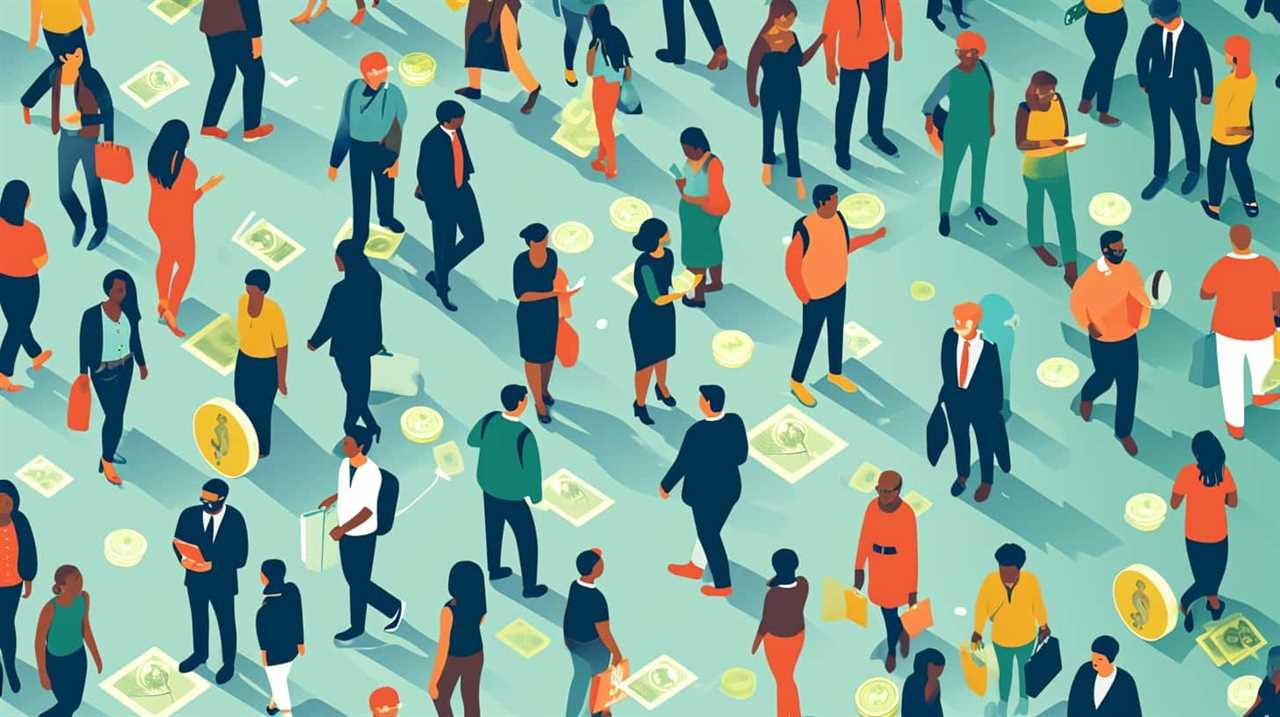
Loss aversion biases evaluations: When evaluating options, individuals tend to focus more on potential losses than on potential gains, distorting their perception of value.
Understanding the impact of loss aversion on decision-making is crucial in fostering innovation and making more informed choices in a rapidly changing economic landscape.
Psychological Responses to Loss
Examining the psychological responses to loss, we uncover the impact of loss aversion on decision-making. Loss aversion refers to the tendency of individuals to strongly prefer avoiding losses over acquiring gains. This cognitive bias has a profound effect on our risk perception and decision-making processes. When faced with potential losses, individuals often experience cognitive dissonance, a state of mental discomfort caused by holding contradictory beliefs or values. This discomfort drives us to avoid losses at all costs, even if it means passing up on potential gains. This strong aversion to loss can lead to irrational decision-making, as we become overly cautious and risk-averse. To illustrate the concept of loss aversion, here is a table showcasing the potential outcomes of a decision:
| Outcome | Gain | Loss |
|---|---|---|
| Probability | High | Low |
| Emotional Impact | Mild | Severe |
| Decision Response | Accept | Reject |
| Risk Perception | Optimistic | Pessimistic |
Understanding the psychological responses to loss and the influence of loss aversion is essential for making informed decisions and mitigating the negative effects of this bias. By acknowledging our tendency to overvalue losses, we can strive for more balanced risk assessment and avoid making decisions solely based on fear of loss.
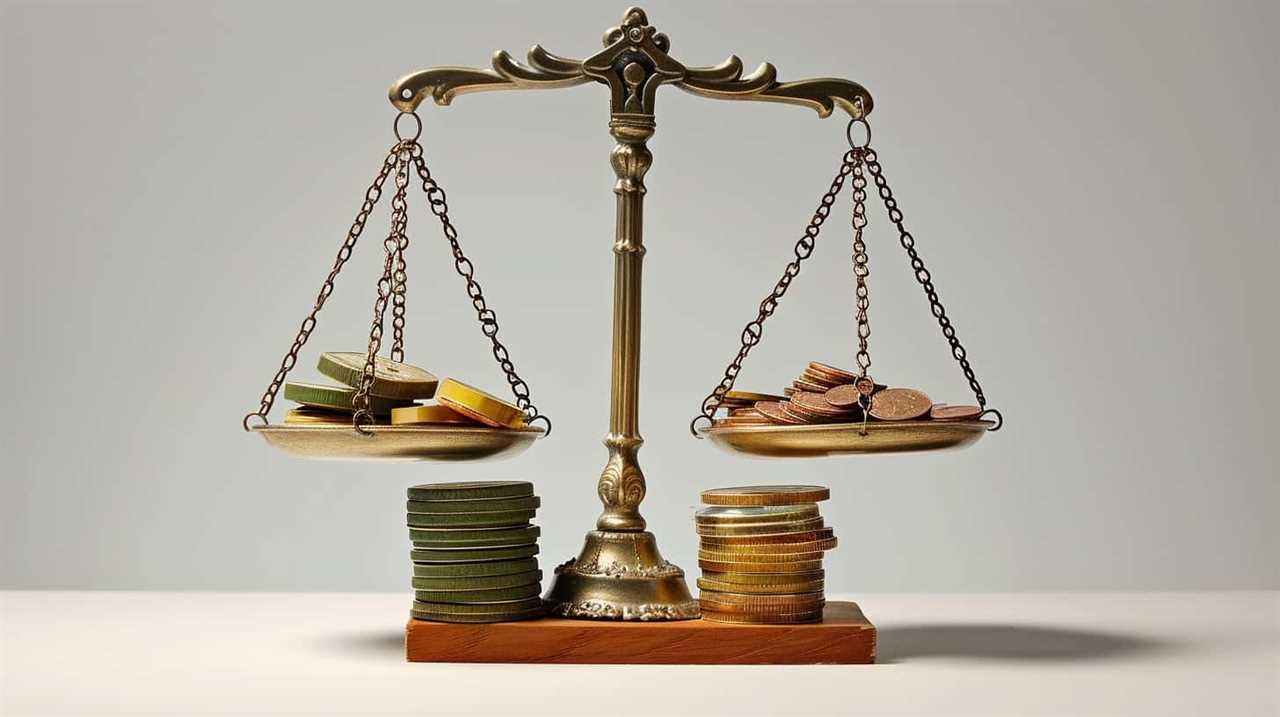
Overcoming Bias Tendencies
To overcome our bias tendencies, it’s crucial to address the impact of loss aversion on our decision-making processes. Loss aversion refers to the tendency to strongly prefer avoiding losses over acquiring gains. This cognitive bias can hinder our ability to make rational decisions and lead to suboptimal outcomes.
However, by recognizing our biases and implementing effective decision-making strategies, we can overcome these tendencies. Here are three strategies to help us overcome bias and make better decisions:
- Practice bias recognition: By being aware of our natural inclination towards loss aversion, we can actively seek out opportunities to challenge our biases and make more objective decisions.
- Embrace diverse perspectives: Encouraging diverse viewpoints and seeking input from others can help us gain a more comprehensive understanding of a situation, reducing the influence of our own biases.
- Use decision-making frameworks: Adopting structured decision-making frameworks, such as cost-benefit analysis or decision trees, can help us evaluate options more objectively and consider the potential gains and losses associated with each choice.
Overconfidence Effect
One might fall victim to the overconfidence effect, as we tend to overestimate our abilities and the accuracy of our judgments. This overconfidence bias can have significant implications for decision making, as it can lead us to make risky and ill-informed choices.
Research has shown that individuals consistently display a high level of confidence in their judgments, even when the evidence suggests otherwise. This can be attributed to the inherent human tendency to rely on personal beliefs and subjective opinions rather than objective data. As a result, we often underestimate the risks involved and overestimate our chances of success.
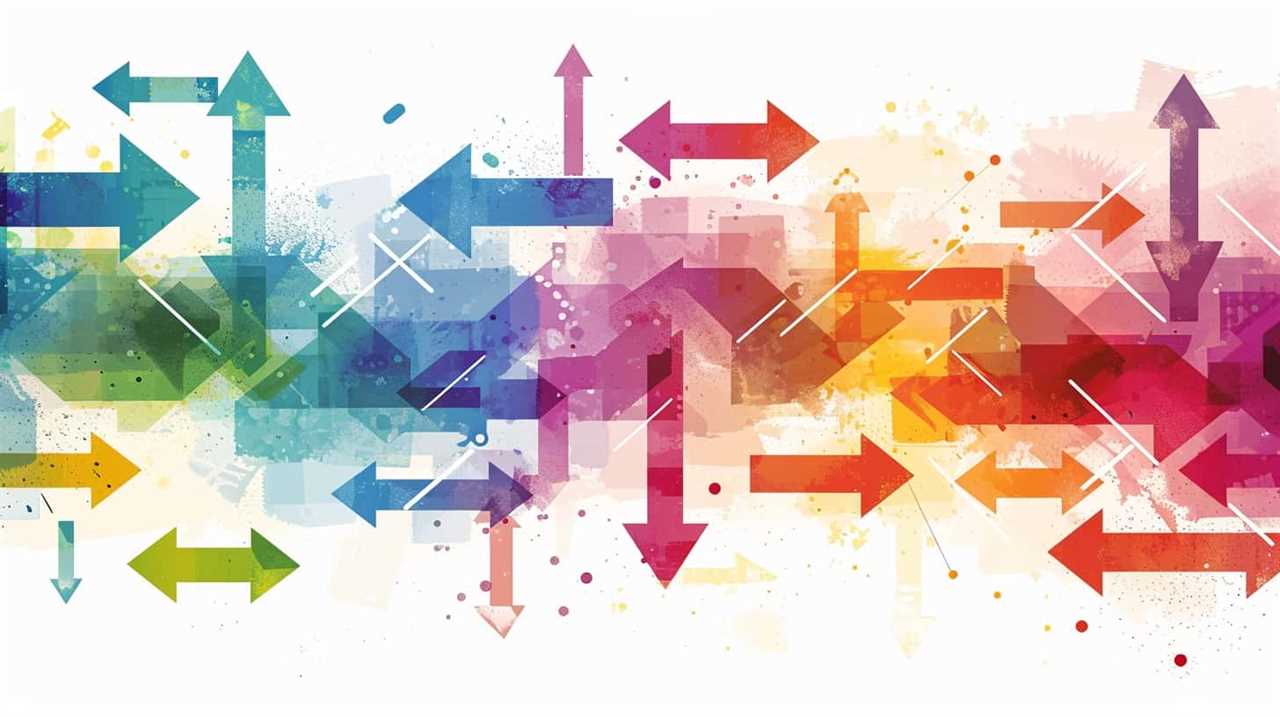
The overconfidence effect is particularly prevalent in areas where we’ve limited knowledge or experience. In these situations, our lack of expertise can lead us to believe that we’re more competent than we actually are. This can have serious consequences in various domains, such as finance, entrepreneurship, and even everyday decision making.
To overcome the overconfidence bias, it’s essential to cultivate self-awareness and actively seek out feedback and external perspectives. By challenging our assumptions and critically evaluating our judgments, we can mitigate the impact of overconfidence and make more informed decisions.
Framing Effect
The framing effect impacts our decision-making by influencing how we perceive and evaluate information. This cognitive bias shows that the way information is presented can significantly shape our choices and judgments.
Here are three key insights on the framing effect and its influence on consumer behavior and applications in marketing strategies:

- Perception of gains and losses: The framing effect suggests that people tend to be risk-averse when facing gains and risk-seeking when facing losses. For example, a product marketed as ‘80% fat-free’ is more appealing than one marketed as ‘20% fat.’ This framing leads consumers to focus on the positive aspect of reduced fat rather than the negative aspect of remaining fat.
- Contextual cues and decision-making: The framing effect highlights the importance of contextual cues in decision-making. By framing a product as a limited-time offer or a scarce resource, marketers can create a sense of urgency and scarcity, influencing consumers to make quicker purchasing decisions.
- Framing and brand perception: The way a brand is framed can shape consumer perceptions and preferences. Positive framing that emphasizes a brand’s unique features or benefits can enhance its perceived value and differentiate it from competitors. Conversely, negative framing or associations can lead to negative brand perceptions and decreased consumer interest.
Understanding the framing effect can help marketers craft effective strategies that align with consumers’ biases and influence their decision-making. By strategically framing information and messages, marketers can shape consumer perceptions, increase brand appeal, and drive purchasing behavior.
Confirmation Bias
We often fall prey to confirmation bias, selectively seeking out information that confirms our preexisting beliefs. This cognitive bias leads us to ignore or dismiss evidence that contradicts our views, reinforcing our own perspectives and hindering our ability to think objectively. Confirmation bias is a natural tendency rooted in our need for cognitive consistency and the desire to avoid cognitive dissonance. However, it can have significant implications in decision-making processes, particularly in the realm of economics.
One way in which confirmation bias manifests itself is through the concept of sunk cost. Sunk costs refer to the resources, such as time, money, or effort, that have already been invested in a particular endeavor and can’t be recovered. When facing sunk costs, individuals often feel compelled to continue pursuing a course of action, even if it no longer aligns with their best interests. This is because acknowledging the futility of their investment would contradict their initial belief that it was a worthwhile endeavor. Therefore, individuals tend to selectively perceive information that supports the continuation of their investment, while disregarding evidence that suggests cutting their losses would be the rational choice.
To mitigate the impact of confirmation bias and selective perception, it’s crucial to foster a culture of critical thinking and open-mindedness. Encouraging individuals to actively seek out diverse perspectives and consider alternative viewpoints can help challenge preconceived notions and promote more unbiased decision-making. Additionally, implementing decision-making processes that emphasize evidence-based analysis and objective evaluation can help counteract the influence of confirmation bias.
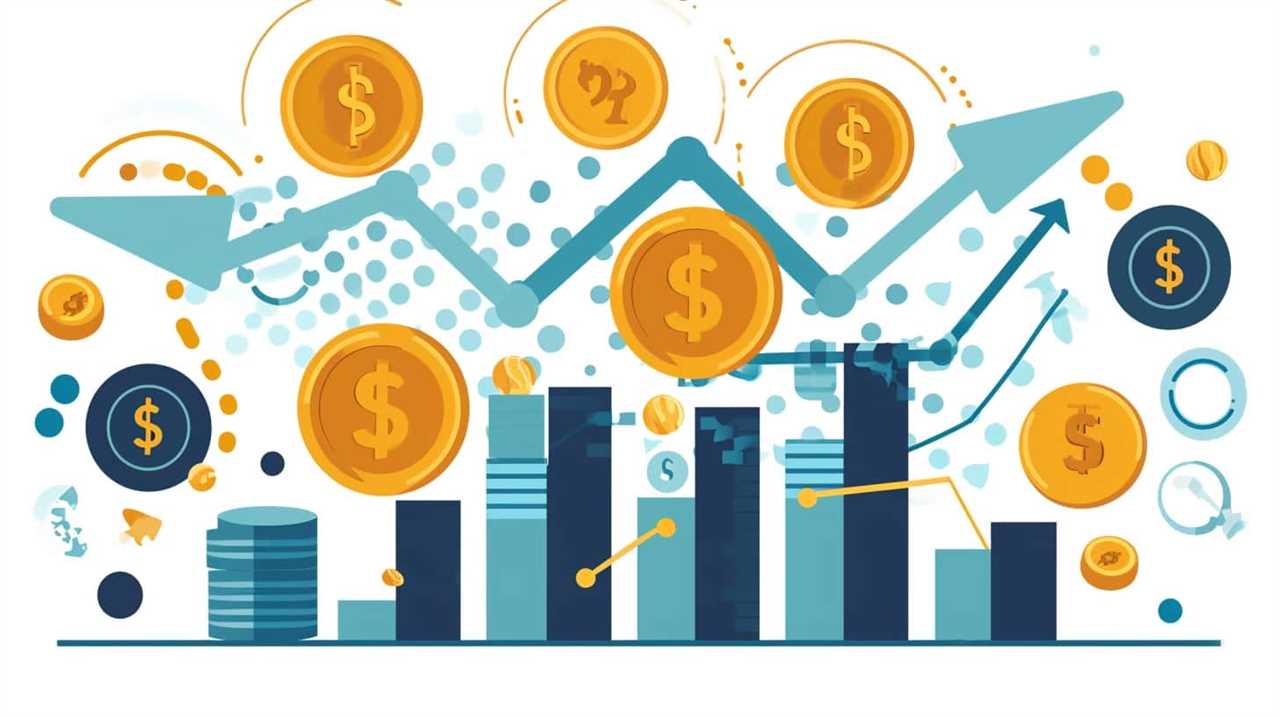
Frequently Asked Questions
How Does the Availability Heuristic Affect Decision-Making in Everyday Life?
The availability heuristic impacts decision-making in everyday life. It influences our financial planning by causing us to rely on easily accessible information rather than considering all relevant factors. Additionally, it affects stock market predictions by making us overestimate the likelihood of recent events recurring.
What Are Some Practical Examples of How the Anchoring Bias Can Influence Economic Decisions?
When it comes to pricing strategies and negotiation tactics, the anchoring bias can have a significant impact on economic decisions. It influences our willingness to pay and the perceived value of goods and services.
How Does the Overconfidence Effect Impact Financial Investments and Market Behavior?
The overconfidence effect has significant psychological implications on financial investments and market behavior. It can lead investors to make irrational decisions based on an inflated sense of their own abilities. This can be mitigated through evidence-based investment strategies.
Can You Explain How the Framing Effect Can Be Used to Influence Consumer Behavior in Marketing?
Can the way we present information impact how consumers make decisions? Absolutely. By leveraging the framing effect, marketing strategies can shape perceptions, evoke emotions, and ultimately influence consumer behavior in powerful and innovative ways.

What Are Some Techniques to Overcome Confirmation Bias in Economic Decision-Making?
Techniques for overcoming confirmation bias in economic decision-making include seeking diverse perspectives, actively seeking out contradictory evidence, and practicing self-reflection. These strategies can help us make more objective and informed choices.
What Economic Biases Did Hayek Address in His Quotes?
Hayek’s wisdom on economics revealed how biases in central planning can distort markets. He warned against the belief that governments have perfect knowledge and can effectively manage the economy. Hayek emphasized the importance of allowing individuals to make their own economic decisions, free from government interference.
Conclusion
In conclusion, Kahneman’s insights on economic biases provide valuable knowledge for understanding human decision-making.
From the anchoring bias that influences our judgment to the availability heuristic that guides our perceptions, these biases have significant implications for economic behavior.
The overconfidence effect and loss aversion shed light on why we often make irrational choices, while the framing effect and confirmation bias highlight the power of context and our tendency to seek information that confirms our existing beliefs.
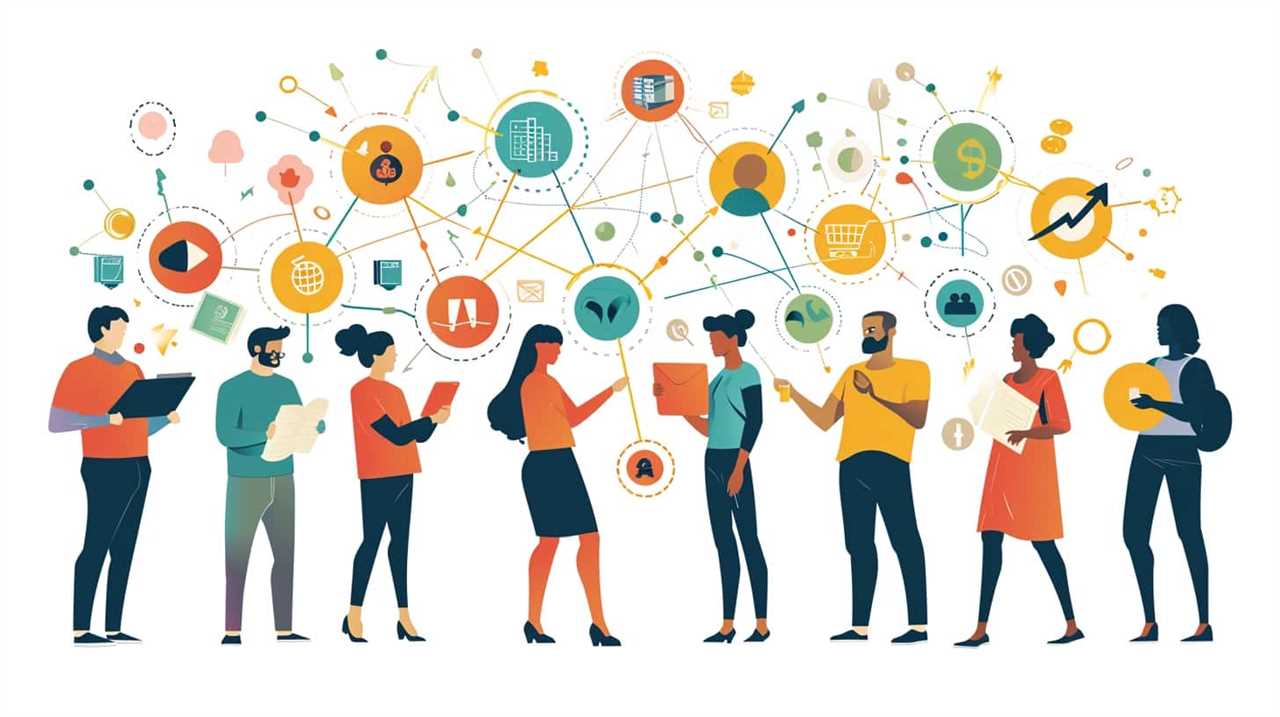
By recognizing and addressing these biases, we can make more informed and rational economic decisions.
Lauren’s talent in writing is matched by her passion for storytelling. Her love for books and deep understanding of culture and entertainment add a distinct flavor to her work. As our media and press contact, Lauren skillfully bridges the gap between afterQuotes and the broader media landscape, bringing our message to a wider audience.




